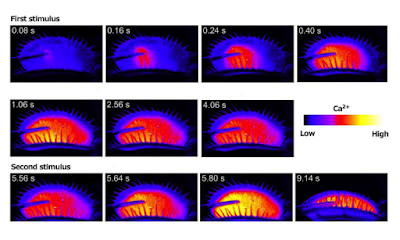How far has humanity advanced medical studies and treatments in the past couple of centuries? Since Edward Jenner noticed that milkmaids exposed to cowpox did not get smallpox, more than two centuries passed and smallpox was transformed from civilization- ender to nuisance. Today the more looming problem is cancer. Around 17.0 million people worldwide in 2018 died from cancer. In November of 2020 a group of researchers from Tel Aviv University published the results of their study where the researchers used novel CRISPR technology to treat two of the most aggressive cancers. The system called CRISPR-LNPs carried messenger RNA which encodes for the Cas9 enzyme which cuts DNA in cells. The research conducted by Daniel Rosenblum, Anna Gutkin, Zvi Cohen, Mark Behlke and Judy Lieberman had the result that mice glioblastoma, a brain cancer with a 15-month life expectancy and a 3% 5-year survival rate, doubled their average life expectancy and increased survival rate to 30% after single treatment. Results from ovarian cancer, the most lethal cancer of female reproductive system, showed that the overall survival rate was increased by 80%. This was achieved because the CRISPR-LNP system was able to identify and cut genes essential for the cancer cells to replicate. As it is known in biology the pathway is from RNA to DNA to proteins and CRISPR manipulate RNA to create DNA that will code for enzyme Cas9 which cuts the target DNA. But the biggest problem is the delivery system for the treatment. The LNP (lipid nanoparticle) system solves the problem of delivery so this discovery opens a whole new field of treatments for genetic diseases such as Sickle Cell Anemia which might be advantageous in areas where medicine is undeveloped but is detrimental in developed countries.



































